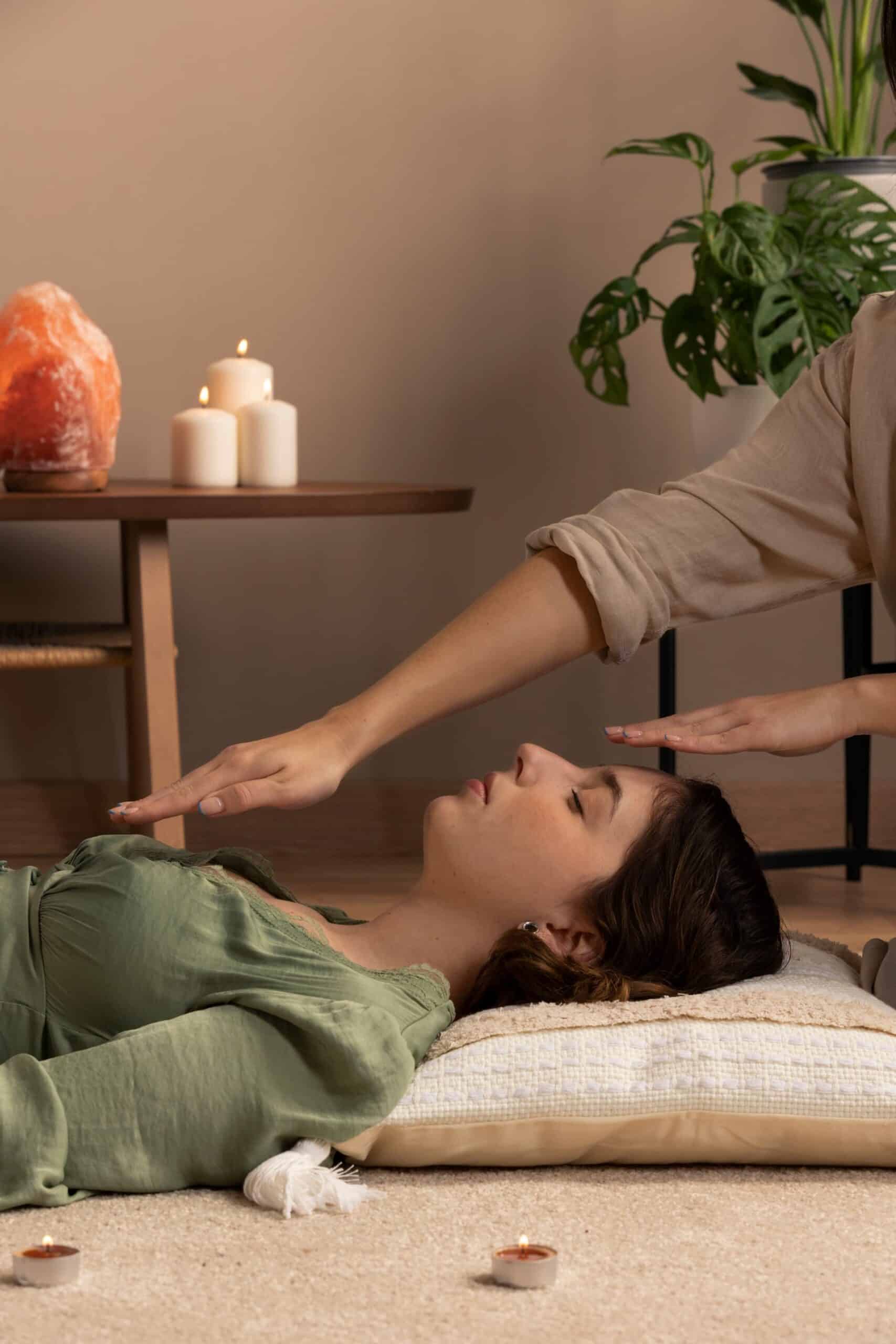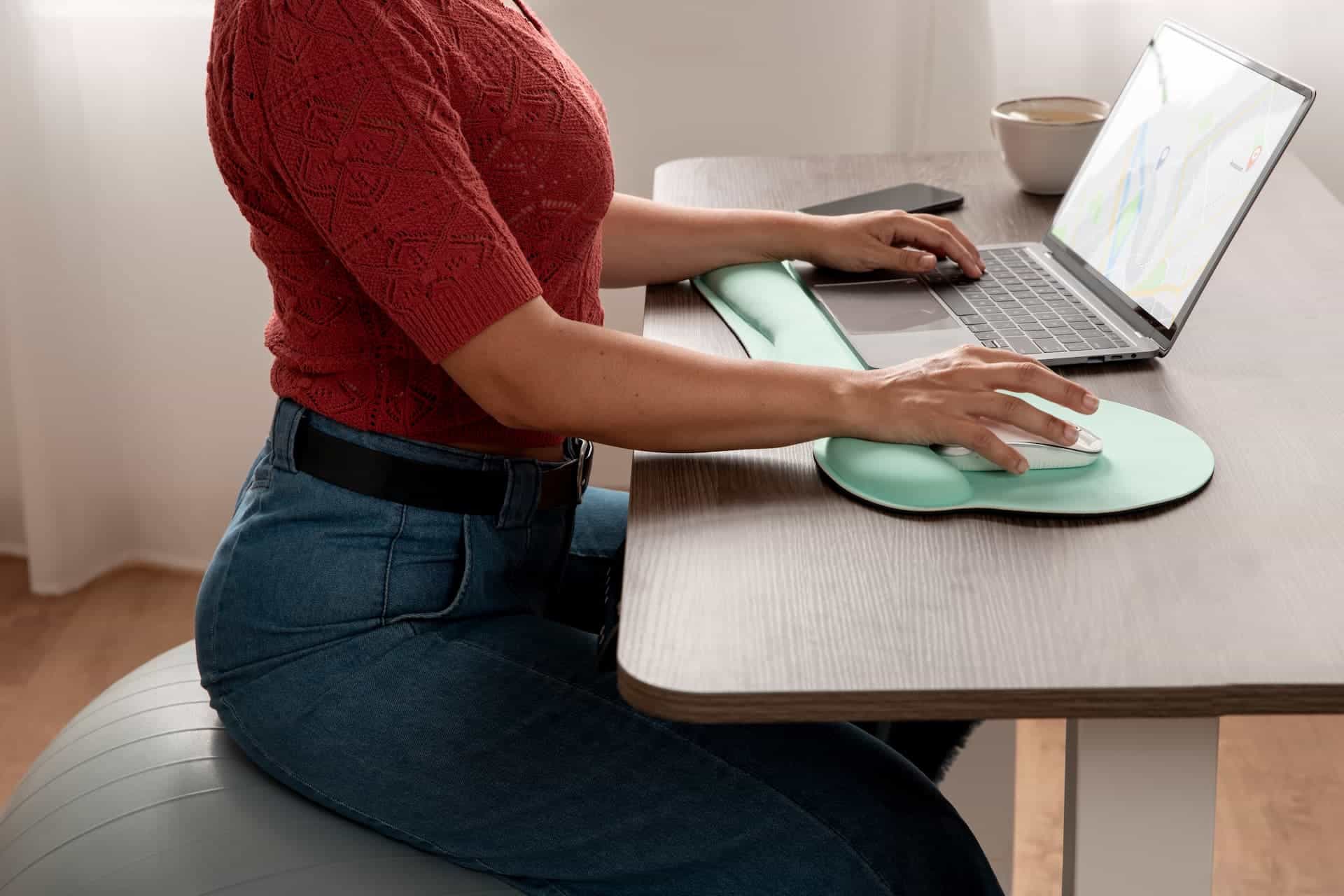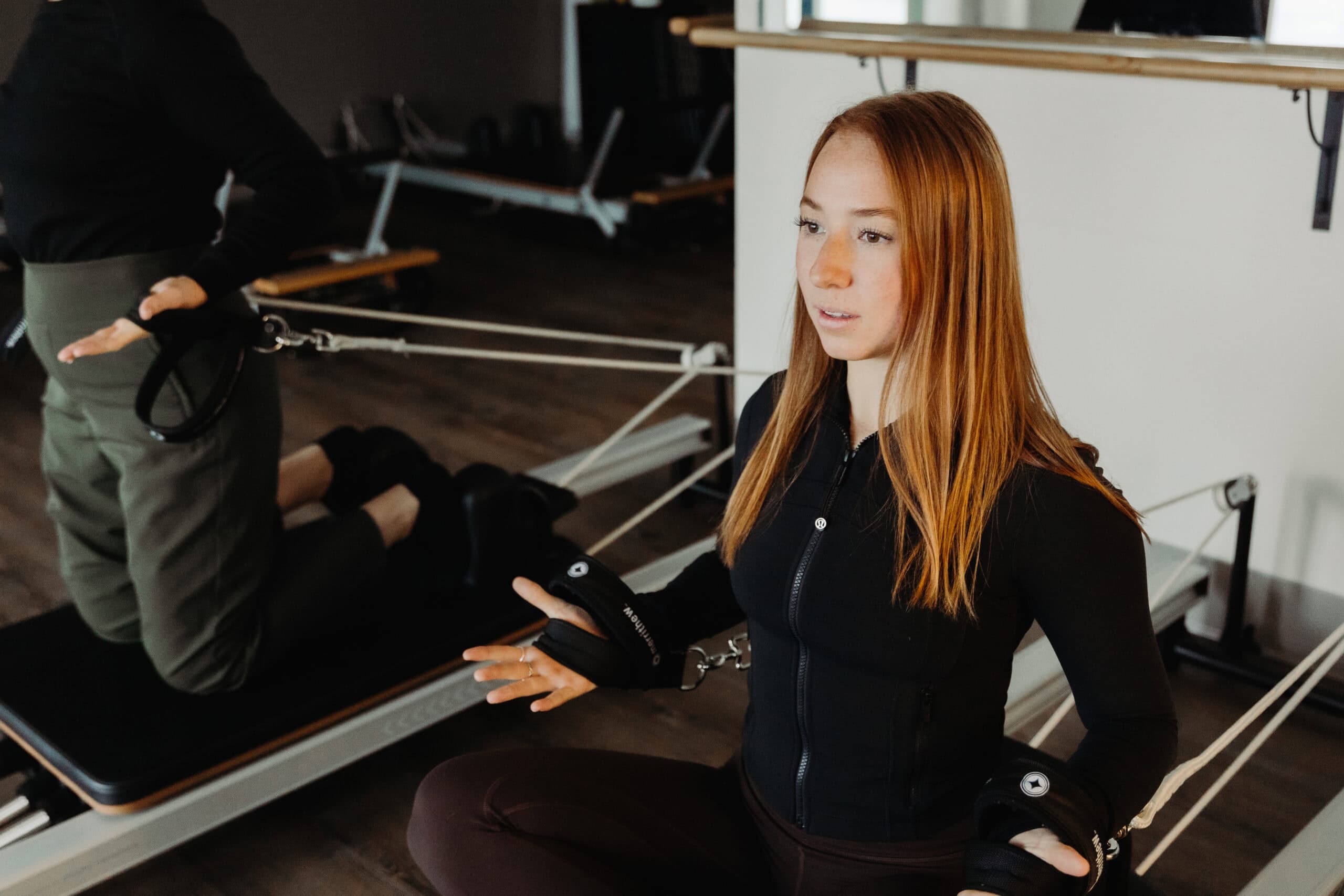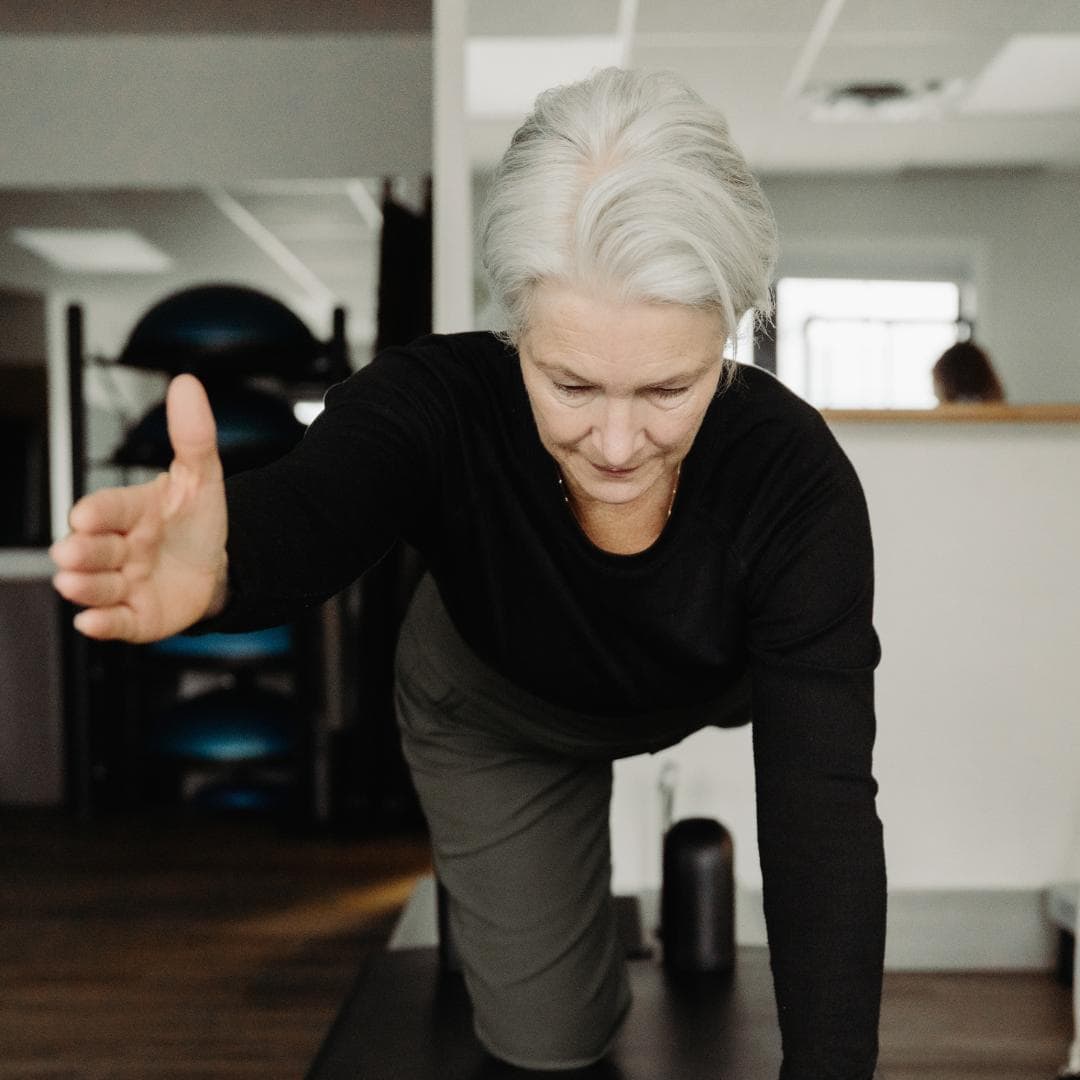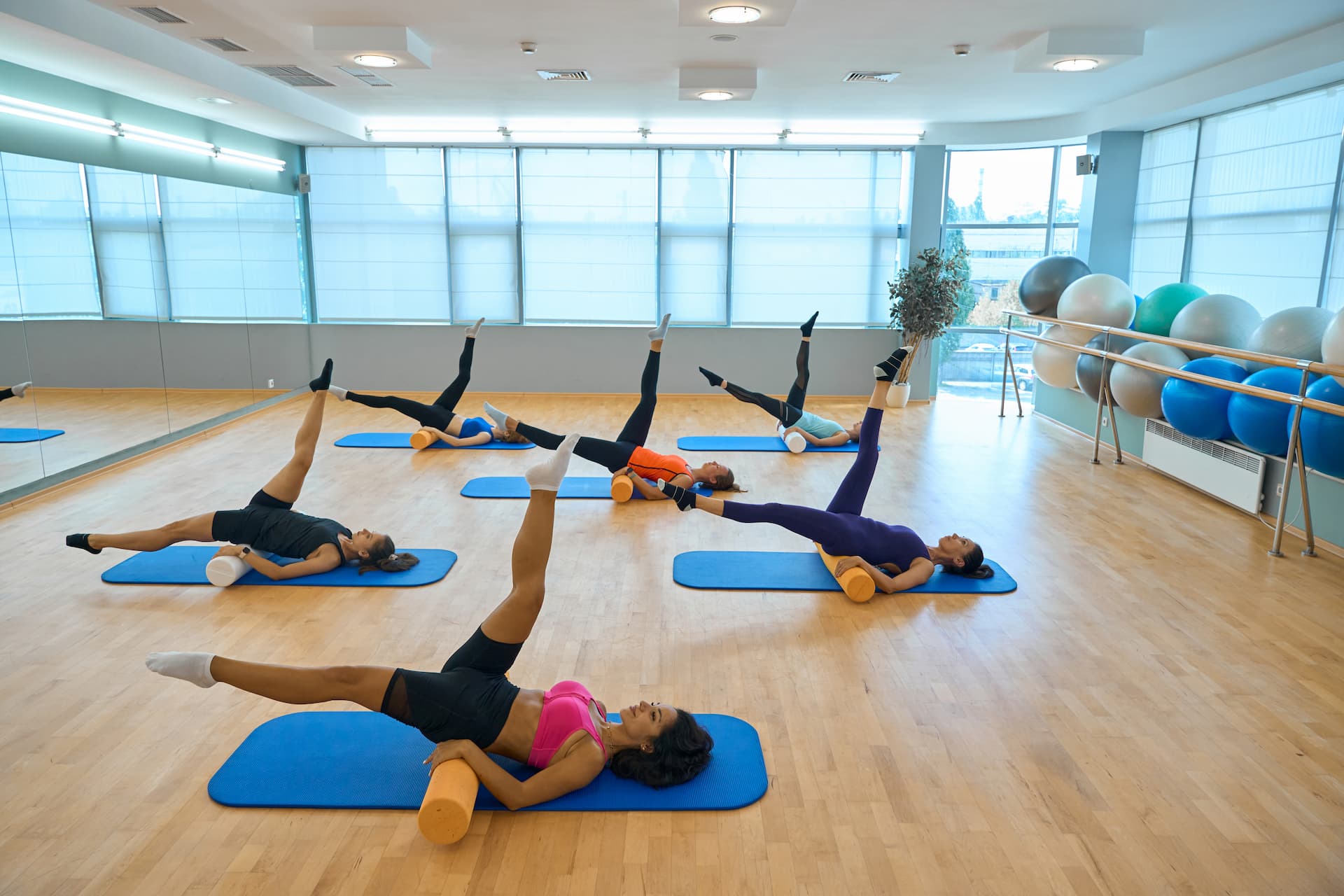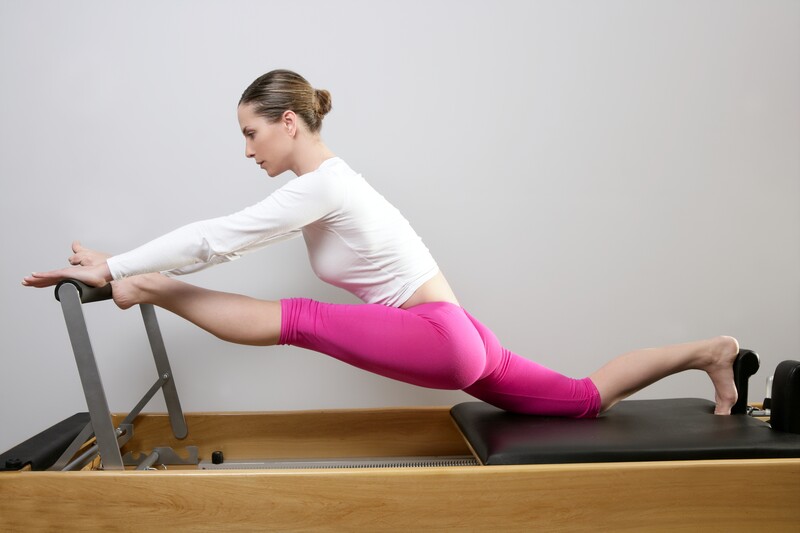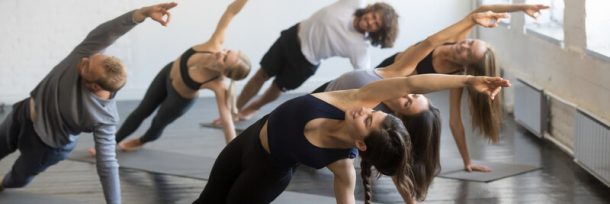A Mindful Approach to Measuring Growth, Strength, and Confidence
Pilates is more than just a workout—it’s a practice that builds strength, stability, flexibility, and focus. Whether you’re attending classes for general wellness or working toward specific fitness goals, being consistent with Pilates offers incredible rewards. But how do you know you’re making progress?
While simply showing up and moving your body is a victory on its own, tracking your progress can offer valuable insight and motivation—especially when progress feels slow or subtle. Whether you want to improve your flexibility, increase strength, or build endurance, setting benchmarks and celebrating milestones can help you stay committed and inspired.
Why Track Progress at All?
Progress in Pilates happens gradually. Because it’s often about small, deep muscular changes and improved control—not dramatic transformations—it can be easy to overlook your growth. Tracking gives you tangible evidence of how far you’ve come and helps you:
- Stay motivated and accountable
- Adjust your workout plan for more effective results
- Celebrate wins beyond just physical appearance
- Set goals that feel meaningful and achievable
Not every Pilates practitioner needs to track their journey, but if you’re goal-oriented or want to stay consistent, progress tracking might be exactly what helps you stay on course.
- Start by Defining Your Goals
Before you can track progress, you need to define what you’re working toward. Pilates can benefit you in many areas, including:
- Improved posture and alignment
- Greater core strength
- Increased flexibility and mobility
- Muscular endurance and stability
- Toned physique
- Better balance and coordination
Pick one or two areas that matter most to you, and use those as your focus. This clarity will make it easier to measure your growth and keep you motivated over time.
- Tracking Changes in Physique
If your goal includes changes to your physique, start by documenting your baseline. Photos and body measurements offer much better indicators than the scale, which can be misleading due to muscle gain and water retention.
Tips for effective tracking:
- Take photos in the same lighting, pose, and clothing every few weeks.
- Measure areas like your waist, hips, thighs, and arms using a soft tape measure.
- Keep notes in a journal or fitness app to track subtle body composition changes.
Pro Tip: Focus on progress, not perfection. Your body is strong and capable at every stage—celebrate all versions of yourself.
- Tracking Strength Improvements
Pilates is all about controlled movement and strength through range of motion. You might not be lifting heavy weights, but you’ll absolutely feel stronger over time.
Ways to track strength:
- Pick 2–4 Pilates-based strength exercises (like leg pull, teaser, or plank variations).
- Track how many reps you can complete with good form or how long you can hold a position.
- Re-test every 4–6 weeks to see improvements in stability, control, and endurance.
You’ll be surprised how quickly those once-shaky movements become second nature.
- Tracking Flexibility Gains
Flexibility is a hallmark of Pilates—and one of the most noticeable areas of improvement for many clients. The key to tracking flexibility is consistency and comparison over time.
How to measure flexibility:
- Use specific positions (like seated forward folds or hamstring stretches) and take note of your range.
- Measure distance from fingertips to toes or how far you can reach in certain movements.
- Record your progress monthly and be patient—flexibility develops gradually, but it lasts!
- Monitoring Muscular Endurance
Muscular endurance refers to your ability to sustain movement or hold positions for longer periods. In Pilates, exercises like wall sits, planks, or the hundred are great for this.
How to test endurance:
- Choose 2–3 exercises to repeat regularly.
- Record how long you can hold or perform them until fatigue.
- Aim for small increases over time—just a few extra seconds can show real progress.
- Keep a Progress Journal or App
Whether you love notebooks or prefer digital tools, keeping a record of your workouts and how you’re feeling week to week can be incredibly helpful. You can track:
- How your body feels after each session
- What movements were easier or more difficult
- Mood, energy, and sleep changes
- Achievements (big or small!)
Journaling can help you notice patterns and connect physical progress to mental and emotional well-being.
- Stay Positive and Celebrate Non-Physical Wins
Tracking your Pilates progress should always feel empowering, not discouraging. Remember:
- Progress is not always linear
- Your energy, hormones, sleep, and stress all affect performance
- Rest is part of growth
- Showing up consistently is an achievement in itself
And don’t forget the other amazing benefits of Pilates: better mood, reduced stress, deeper breathing, better sleep, and increased body awareness. These are all powerful forms of progress—just harder to measure on paper.
Let Us Support You on Your Pilates Journey
Whether you’re new to Pilates or a seasoned pro, tracking your progress can keep you connected to your goals and proud of your accomplishments. At ABsolute Pilates, our certified instructors are here to support your growth every step of the way.
Looking to start or advance your Pilates practice?
We offer in-studio and virtual classes for all levels—designed to help you reach your fitness goals, feel great, and have fun doing it.
Contact us today to get started or ask about personalized support for your journey.
